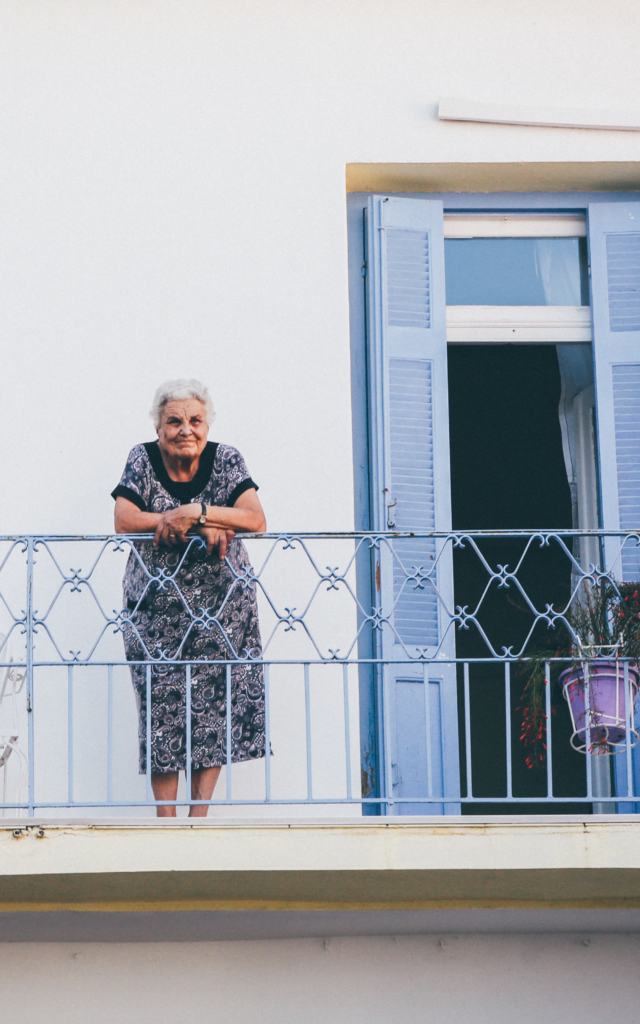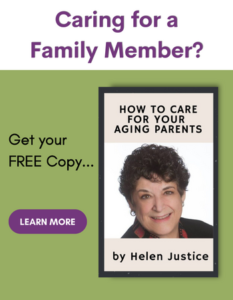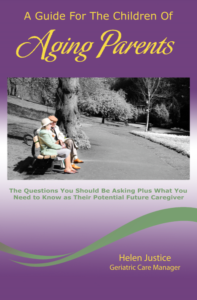
Aging in Place is a phrase used by many industries to describe our desire to stay in our homes as we age, to put off going to a nursing home or assisted living facility as long as possible. There are a few common myths among those who are considered middle-aged that need to be cleared up a bit, and they include the following:
Myth: Aging in Place is a Conversation for Old People
Nobody wants to get older. And most people want to stay in their own home as long as possible. But, because they believe that “aging in place” is a conversation for old people, they hold off having that conversation or making decisions about making basic remodeling changes to their homes until it’s almost too late. Too late? Yes. Unless you have unlimited funds, waiting until you’re 70 years old to declare that you intend to “age in place” is too late. And, the longer you wait the more expensive the remodeling costs will be. Now is as good a time as any to begin making small, affordable changes. Changes such as replacing lower cabinet shelves with easy slide drawers, putting in a bench seat in the bathtub or shower, adding a safety bar in the shower to prevent falling, changing thresholds in doorways to prevent tripping, are all remodel changes that add convenience now to your daily living and will serve you well as you age in your own home.
Myth: Paid Caregivers Don’t Care About Their Client, They’re In It For The Money
This is a myth that stems from the idea that a professional nurse, therapist, or home care aide can’t care because they receive money for the work they do. These trained caregivers chose their profession because they care about the people they get to work with. And, as they work with each individual they establish a relationship so that the client will feel at ease while working with them. This relationship makes the work more enjoyable for the caregiver and removes anxiety and stress from the client – making life a bit easier for the client.
Myth: Paid Caregivers Are Only For The Very Sick or Very Old
Many seniors age without getting ill or experiencing serious injury. What they may experience is difficulty with eyesight so driving is no longer an option, or troubles with their joints so being able to pull themselves up from the bathtub or handle heavy pots and pans is a problem. Non-medical caregivers are available to assist with these daily living needs and are a great option to reduce the stress and anxieties of someone who can live on their own but has a bit of difficulty doing a few things around the house. An additional benefit is that these caregivers also offer companionship to the senior, removing the lonely feeling that can often be felt by someone with limited mobility who is living by themselves.
Myth: Caregiver Services Provided At Home Are Inferior
The skill level of a professional caregiver is the same whether that care is provided in the home of the client or at an institution. In reality, those medical professionals who work in the field and in the homes of the patient are often given a bit more training than those who work in a hospital or nursing home or assisted living facility. Whether the care being given is medical such as regular visits for intravenous medication or physical therapy, or is non-medical such as helping with household chores and shopping, each professional caregiver is trained and certified, and sometimes receive additional certification to be able to work in the field.



Stay Up To Date With AWGCM